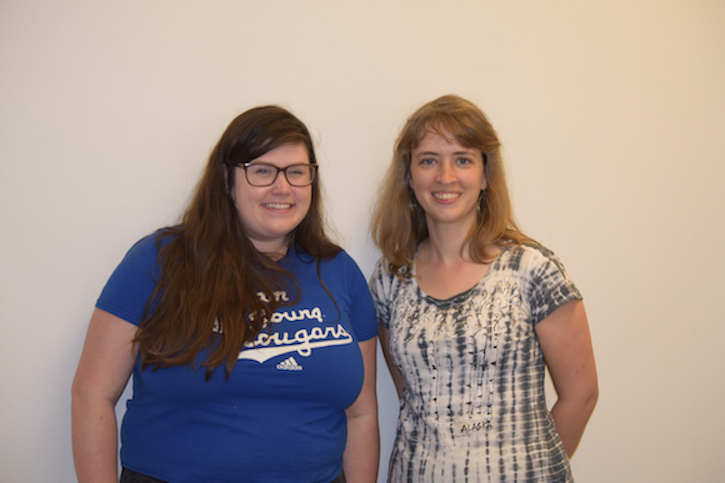
Alex McDermott and Jasmine Linck are behind the project The National Architecture for Prevention and Peacebuilding (NAPP)
By Alex McDermott and Jasmine Linck
The field of atrocity prevention is primarily practiced outside of the United States with a high degree of emphasis on addressing their sources and markers of possible instances of impending mass violence. While this is important for all nations, national atrocity prevention focusing on recognizing and reacting to similar warning signs in the United States are often overlooked if not totally ignored or avoided. Alex McDermott and Jasmine Linck, Masters students at Mason's S-CAR program are addressing this gap with the development of a National Architecture for Prevention and Peacebuilding (NAPP). This project will create a domestic framework for addressing the growing potential for atrocities in the United States, before current episodes of this phenomenon become part of the national character.
This project was created through the Engaging Conflict course, where students were encouraged to get first-hand experience working with conflict issues and learning from active practitioners. Linck and McDermott were in Professor Doug Irvin-Erickson’s section, which examined genocide and atrocity prevention efforts around the world over the last century. NAPP was inspired by the Alliance for Peacebuilding, a network of over 100 organizations working on peacebuilding projects internationally, and the Alliance’s interest in creating a national architecture for atrocity prevention in the United States, to complement its international endeavors.
Linck and McDermott decided that one way to contribute to a national architecture would be to compile organizations working in this field, as well as collect activities that lead to stronger connections across diverse communities and put them into an easily accessible playbook. In doing so, their goal has two directions. One is to bring more attention and visibility to the field of atrocity prevention through these organizations and activities; to encourage cooperation, collaboration, and resource sharing between organizations so that their individual missions can be supported. The other is to encourage American citizens to be more involved in their own communities by providing an accessible and straightforward set of concrete steps and practical ways to connect and reconnect with each other, as well as an introduction to relevant organizations with which they can get involved.
There are several specific issues that the NAPP aims to address. The first issue is the many organizations working separately on peacebuilding in the United States, which Linck and McDermott approach through their catalogue of existing programs and projects within the field of atrocity prevention. The second is how to help people move beyond compassion fatigue. One way NAPP helps is by giving average American citizens, especially those who are tired of hearing extreme rhetoric from both sides, an opportunity for education on the subject of atrocity prevention as well as practical accessible steps that each of them can take to support relationships in their own communities. NAPP involves acknowledgment and understanding of their varying levels of interest, resources, and ability. The third issue to address is the combination of the political and cultural divides, and the underlying broken communication channels, in the US, addressed through a framework in which common values are emphasized to foster safe (if uncomfortable) conversations.
This project is challenging in many aspects, especially as many people will not admit that nationwide atrocities, let alone genocide, are even possibilities in the United States. By embarking on this project, Linck and McDermott want to build bridges among Americans who want strong neighborhoods, and who are willing to work through superficial differences. Through this, people will discover more fundamental commonalities and values like family, integrity, and respect, which are shared irrespective of political affiliation or religious adherence.
